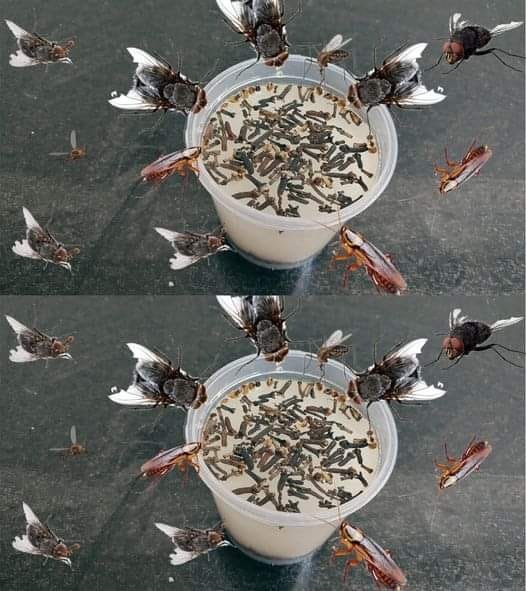The distinctions among "Best if Used By/Before," "Use By," and "Sell By" have specific connotations:
"Best if used by/before" denotes the date by which the product is expected to exhibit optimal flavor, texture, or overall quality. This isn't a safety date, and while the food may still be safe after this date, its quality might diminish.
"Use by" is the recommended last date for consuming the product at its peak quality. This is commonly applied to perishable items with a shorter shelf life. Unlike "best if used by," this date may have implications for food safety.
"Sell by" is a date for retailers to manage inventory. It isn't intended for consumer use and doesn't necessarily mean the product is unsafe after this date. Consumers should rely on their judgment regarding freshness and quality.
Determining when to discard food involves considering factors beyond the expiration date, such as food type, storage conditions, and signs of spoilage. While non-perishable items may remain safe beyond their expiration dates, perishables like meat, dairy, and produce should be consumed promptly for safety. Trust your senses—foul odors, changes in color or texture, and mold are clear indicators of spoilage. Employ safe food handling practices and proper refrigeration to extend shelf life and prevent spoilage.
It's vital to recognize that expiration dates don't guarantee absolute safety. Foodborne illnesses can occur even before the expiration date, especially with improper handling or storage. Maintain good kitchen hygiene, wash hands and surfaces frequently, and cook foods to recommended temperatures for safety.
Understanding expiration dates also contributes to reducing food waste, a global issue with environmental and economic implications. By interpreting these dates better, consumers can optimize purchases, use products before spoilage, and minimize landfill contributions. Initiatives like food-sharing apps and food banks redistributing near-expiration items also play a role in addressing this issue.
Despite challenges, consumers can make informed decisions by familiarizing themselves with expiration date terms, practicing proper food storage, using senses to assess quality, and finding creative ways to repurpose leftovers, thereby minimizing food waste.






